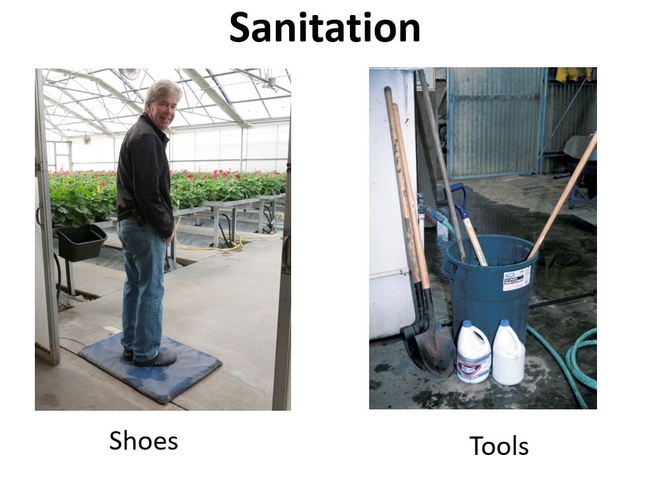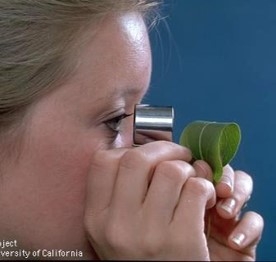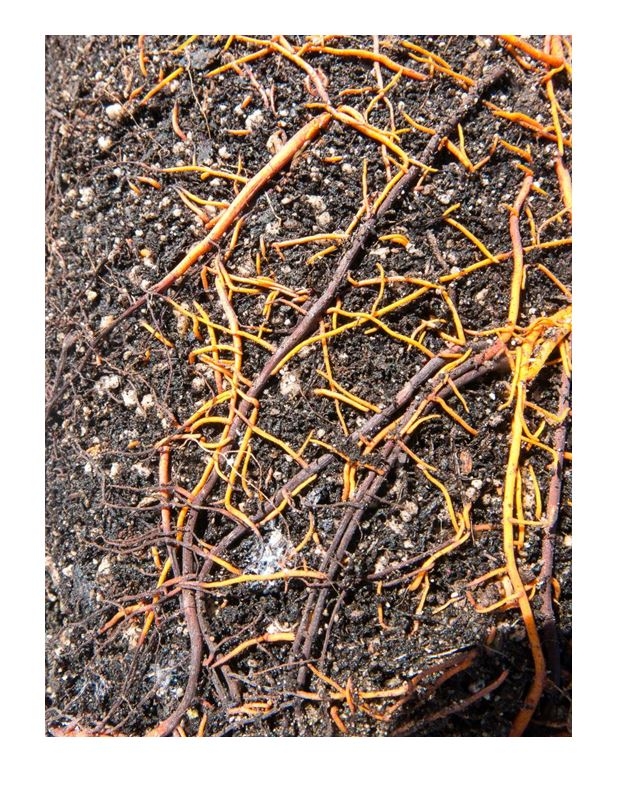A pest-free nursery should be the resolve of every grower in the New Year. Start the New Year with a clean nursery and keep pests from being introduced. It is more important than ever now because there is increasing risk that serious invasive pests and diseases can be moved through the nursery trade. Phytophthora ramorum (the cause of Sudden Oak Death) and light brown apple moth (LBAM) are current notable examples that could cause ecological or economic damage and trigger regulatory oversight.
Keeping a nursery clean and preventing introductions of new pests and diseases is often difficult in the complex and fast-paced nursery industry. But here's a short list of things that you could do:
Know the source of propagative material you plant, and insure that the propagator is doing everything possible to provide healthy seed or plants to you. Inspect seed, transplants, or other plants when they are delivered to your nursery or greenhouse. Make sure no diseases or pests are evident. Use your hand lens (See link below).
Pull transplants or other plants out of their containers and look for healthy root tips. Insects such as aphids, thrips or mealybugs hide in young folded leaves or tightly angled stems. There are field test kits to detect Phytophthora and common viruses such as tomato spotted wilt, impatiens necrotic spot and cucumber mosaic. If a pathogen or insect infestation is detected, controlling the problem before you plant in the field is much easier than after the problem is established in the field. “Controlling the problem” sometimes means destroying the plants before they are planted or introduced into a nursery or greenhouse.


Start clean and stay clean in the New Year, and have a Happy New Year!

